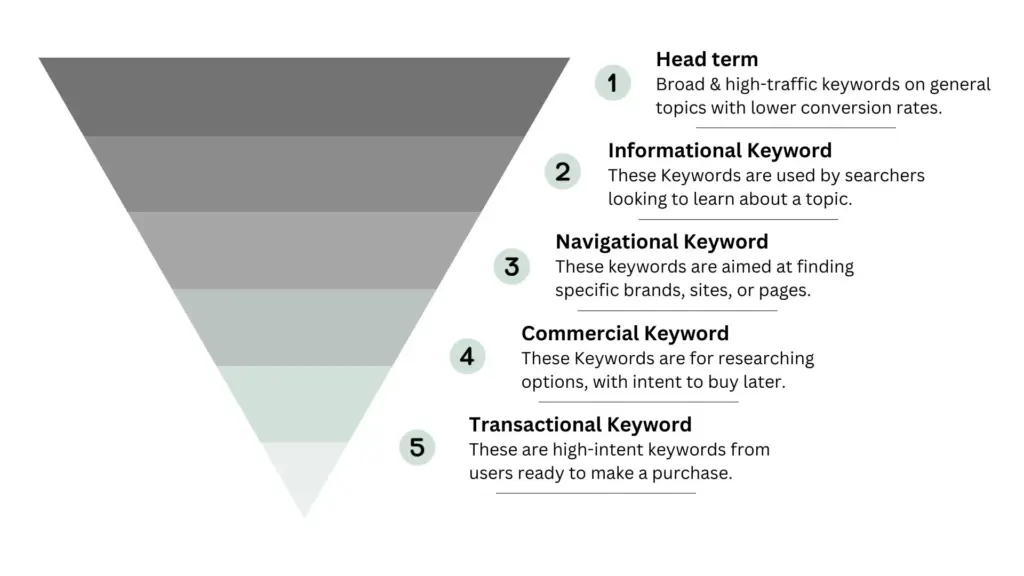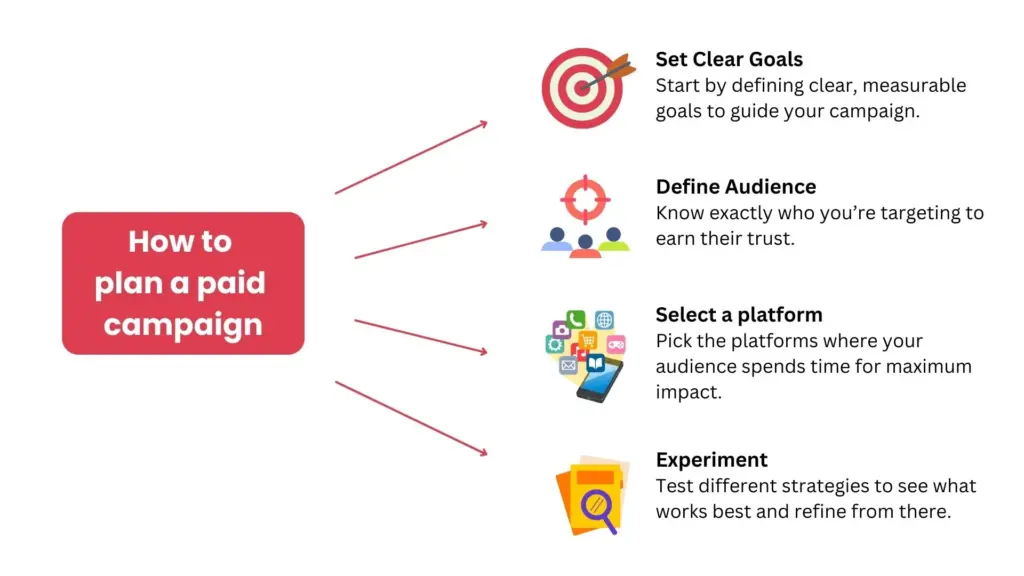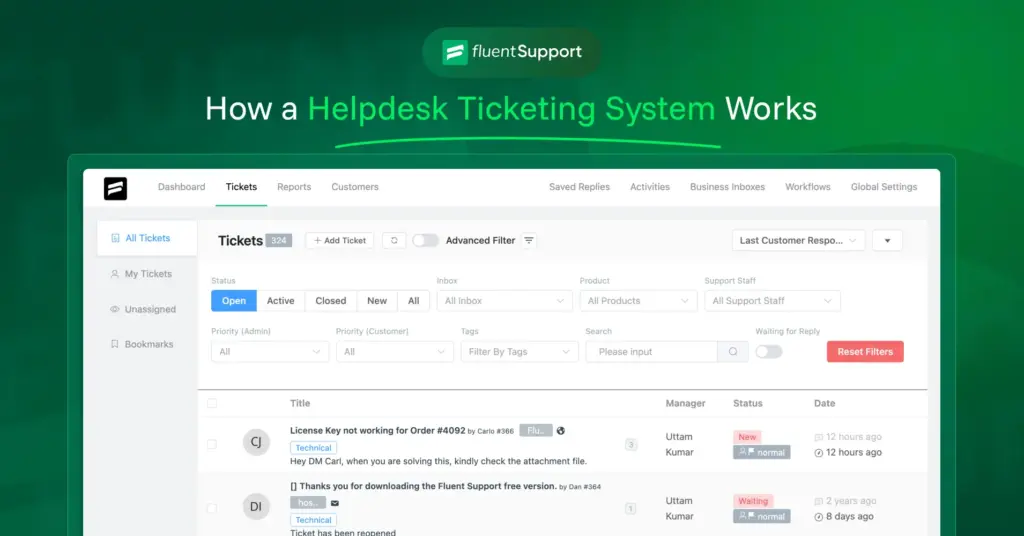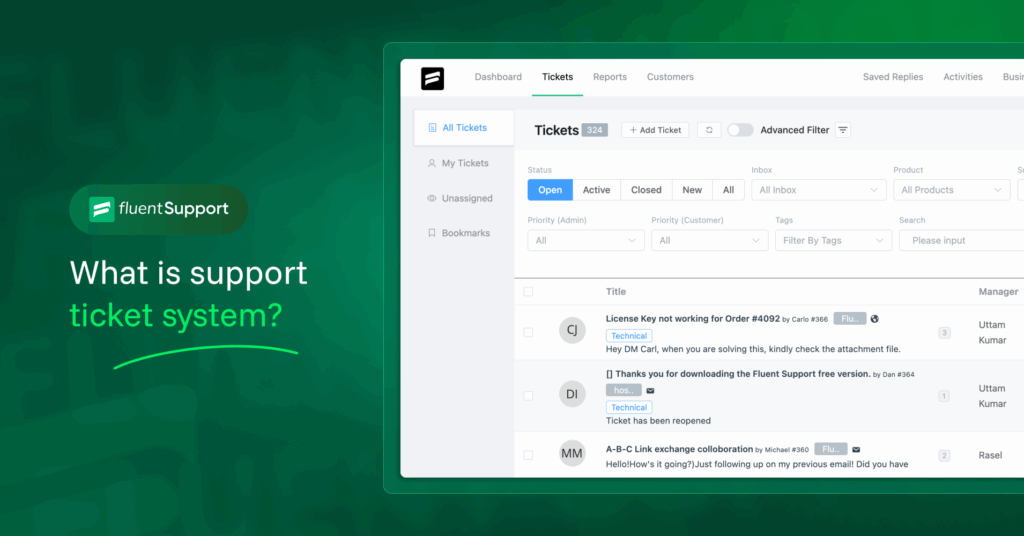
What is the Digital Marketing Strategy that Tracks Users Across the Web?
By Prosanjit Dhar
November 13, 2024
Last Modified: August 7, 2025
You can’t sell something if you don’t know whom you’re selling it to. That’s what modern marketing strategy is, identifying your ideal audience and creating business goals.
Just like the analogy of a dart board! You must know where to aim before hitting the bullseye.
In this case, the bullseye is your user’s behavior and you have to track them effectively.
So, before we jump into the strategies and techniques, let’s understand what digital marketing strategy actually is.
What is a digital marketing strategy?
At its core, it’s a plan but a very focused one with a specific marketing goal in mind. Well, it might sound a little intimidating.
But think of it like your business roadmap! You know where you are, you know where you want to go and the strategy is how to get there.
So your digital marketing strategy will be applying all these strategies to track your internet audience and turn them into your ideal customer.
So without any further ado, let’s discuss the strategies that you track users across the web.

What are the digital marketing strategies that track users across the web?
Tracking is no longer limited to basic demographics (age, gender, location). Instead, the digital marketing strategy that tracks users across the web is remarketing or retargeting with exact search intent or user behaviors.
You need to go way deeper to discover their online habits, interests, and pain points
To begin retargeting your users, you can follow these steps.
1. Create a buyer persona
A buyer persona is a detailed profile of your potential customer. It shows who they are, the problems they’re facing, their frustrations with current products, and most importantly, their desired services.
And it’s not just a random guess but a data-driven investigation to get those audiences.
You have to collect these data by
- Conducting surveys: Target your current customers or ideal buyers and ask questions. For example, about their pain points, motivations, and buying behaviors with online tools like Fluent Forms.
- Customer Relationship Management (CRM): Identify patterns in their buying cycles, the products or services they purchase, and their interactions with your company by using a CRM tool.
- Running polls: Use social media to create polls based on their choices and follow the decisions, comments, and perspectives.
- Study Competitor Data: Look at your competitors’ content and customer reviews to identify the potential gaps in their offerings.
Once you’ve combined all these data, you’ll start to see a clearer picture of your ideal customer.
Just like in the example below.

Once you have a good understanding of our targeted audience, we can start to build our online presence that will actually appeal to them.
And this is where our website comes into play.
2. Develop an online presence with a user-friendly website
We don’t want to be a dead-end of our strategy. Our website must be user-friendly, load quickly, be easy to navigate, and look good on any device.
So, when visitors land on our website, they shouldn’t feel like they’ve stepped into a dusty archive. Instead, it should reflect the values of our business and showcase the brand message clearly.
Moreover, we also need to guide our visitors towards taking specific actions once they arrive. Strong calls to action (CTAs) buttons can do just that, leading the visitors to their desired outcome. Whether it’s making a purchase, signing up for a newsletter, or downloading a resource.
Because a website that’s reliable, safe, and valuable gives them a reason to return and turn them into ideal customers.
So, we’ve built a great website and you already know your potential customers. But do they come to you automatically?
No, that’s not happening. Instead, you have to reach out to them by tracking their user behavior.
3. Cross-device monitoring
When you browse through a laptop, desktop, mobile, or anything, you might notice a pre-saved format based on your browsing history.
This is because your device’s DNS and browsers store cookies (information) while you are browsing. These cookies record your activities, such as products viewed, pages visited, or items added to the cart.
And, interestingly these cookies can be tracked through pixels or other retargeting tools.
Tools that are commonly used to retarget users:
Therefore, using these tools will allow you to directly target their current interest. So, you can optimize these buying intent and use them to optimize your website or run ads.
Hereby, you are not only reaching the right buyer but also at the right time.
4. Intent-based keyword optimization (SEO)
Think about researching for an investment. You’d probably start with a quick online search, right? That’s why our website needs to be SEO optimized for popular search engines (like Google).
Google dominates the search engine market with 95.32% usage on mobile and 81.95% usage on desktop. (Statista)
To make sure our site appears every time for related keyphrases, we need to know which terms they’re actually using to find products or services like ours.
And, guesswork isn’t enough here. Instead, we need tools and data to uncover the right keywords.

Once we’ve identified them, we strategically sprinkle them across our website contents, like in descriptions, image alt text, headings, SEO meta tags, and more.
It’s all connected and sends signals to search engines that our site is relevant and valuable for those specific terms.
But remember, SEO isn’t a one-time solution. Instead, it’s an ongoing process of analyzing and refining with applicable time and effort.
In the end, it’s worth building a strong online presence and attracting the right visitors.
But what if we need results faster?
5. Targeted Advertising
If you’re not one to wait around, paid advertising lets you appear straight to your audience. With platforms like Google Ads and social media, we can pay to have our ads displayed in front of the people we want to reach.
However, it’s important to be strategic to make sure we’re getting the most out of our budget. That means using the right keywords, targeting the ideal audience, and crafting compelling ad copy that will get people to click.

And, we need to be well aware of the psychology of our audience to make them stop scrolling and pay attention.
Maybe you already noticed that things are starting to come together at this point. As we’re exploring a fascinating approach to reach our target audience.
So far, we’ve optimized our website, we’re using SEO to attract organic traffic, and we’re running paid ads to get in front of the right people.
But how do we keep track of it all? That’s where we move from initial monitoring to ongoing surveillance.
6. Cross-web tracking
This is the final stage of retargeting but also the most crucial one. Or, you must say the core of your user tracking. Cross-web user tracking, a process of gathering data on how users interact with our brand or similar industry.
And, it’s not one or two but an enormous amount of customer interaction data across the web. For example, popular search pages, prolonged session durations, and overlooked sections along every other step of the customer journey.
Much like following their digital footprints. You know it sounds way too similar to the buyer persona. However, this tracking process captures a much larger and more detailed scale of user behavior.
So, how do we gather and make sense of all this data to truly understand user interactions?
Fortunately, there’s a range of tools to help visualize and map out the customer journey:
| Google Analytics | While this analytics is traditionally used on a single site for tracking user behavior, it can also monitor users’ movements across multiple related websites. |
| Mixpanel | Allows tracking of users across different platforms with event-based tracking, which is ideal for monitoring interactions across multiple touchpoints. |
| Segment | Collects data from multiple sources such as websites, apps, and other touchpoints, and organizes it into a unified customer profile. |
| Google Tag Manager (GTM) | Enables marketers to manage and deploy tracking tags like Google Analytics, Facebook Pixel, etc. across websites. |
| HubSpot | Tracks user behavior across landing pages, and blogs, and also provides insights into how users interact with different marketing channels. |
| Facebook Pixel | A popular tracking tool that allows businesses to track user behavior across different websites and deliver retargeted ads on Facebook. |
| Google Ads | Offers remarketing capabilities to target visitors across the Google Display Network and other Google properties. |
| Hotjar | Offers session recordings and heatmaps that show how users interact with a website. |
| Cookiebot | Allow you to track users ethically by managing consent for cookies and tracking technologies across the web. |
With the help of these tools, we can gather valuable data on customer behavior. Either they are satisfied with our services or get stuck in certain areas. All these will be stored in our data repository.
And by closely examining this behavioral data, we can move into the next phase of our digital marketing strategy: implementing personalized customer experiences.
Implementing web user tracking data to improve customer experience
Suppose you were running an ecommerce store and you noticed a high rate of card abandonment. That’s a common problem for online stores. But now as we’re already familiar with the tools and techniques, we can easily figure out the cause of this abandonment.
For that, we can start to examine the session recording tool to see how users are interacting with your checkout process. Are they
- confused by a particular form field?
- hesitant to use their credit card information?
It’s like understanding the user’s thought process rather than chasing the problem blindly. And once we start to understand the “why” behind the customer behavior, we can start to implement solutions.
Maybe we need to simplify the checkout process or more payment options or clear information about your shipping cost. So, we are not guessing but using web tracking data to inform our decisions and create personalized experiences.
Not just that. You can also recommend exactly the same products they want based on their past purchases and browsing history.
It’s like having a virtual salesperson that knows exactly what the customers are looking for. And if they abandon their cart, you can also send them a personalized email with discounts or helpful information.
So, it’s all about providing the right information at the right time based on the customer’s needs and preferences. And this can be applied to any industry, not just ecommerce.
And, the beauty of this digital marketing strategy is the more data you collect the better your personalization efforts become. It’s a continuous cycle of learning and improvement.
But there’s a question that still arises, is there any risk of being too personalized?
Finding balance in cross-web tracking remarketing strategy
There’s a fine line between being helpful and crossing into creepy strategy. That’s something we always need to keep in mind in digital marketing. Personalization should never feel intrusive or manipulative.
Instead, retargeting is about finding that sweet spot where personalization feels natural and genuinely helpful. Not like we’re stalking every move a user makes.
Because in online business, transparency is the main key. We need to be upfront with our customers about what data we collect and how we use it.
It’s not just a practice but essential for building trust and loyalty with our customers.
Wrapping up
We’ve come a long way in building a digital marketing strategy that tracks users across the web. Starting from creating a buyer persona and setting up an attractive website to using analytics and techniques to collect user behavioral insights.
From there, we’ve used these insights to create a digital marketing strategy that feels friendly, more personalized, and well-connected. And with that, we’re capping off our deep dive!
But remember, this is just the beginning of your journey, there’s a whole world of marketing knowledge out there. So, keep learning!
Web user tracking – FAQ
Here are the answers to some common questions about web user tracking in digital marketing
Start off with a powerful ticketing system that delivers smooth collaboration right out of the box.












Leave a Reply